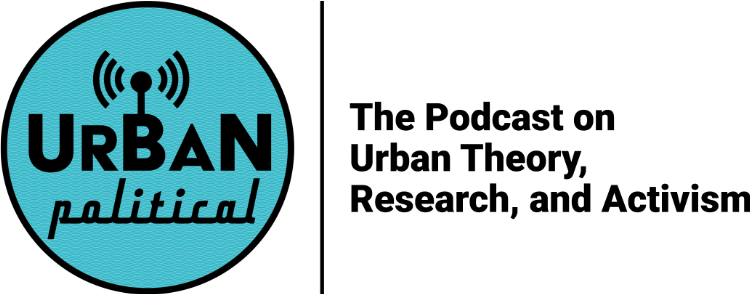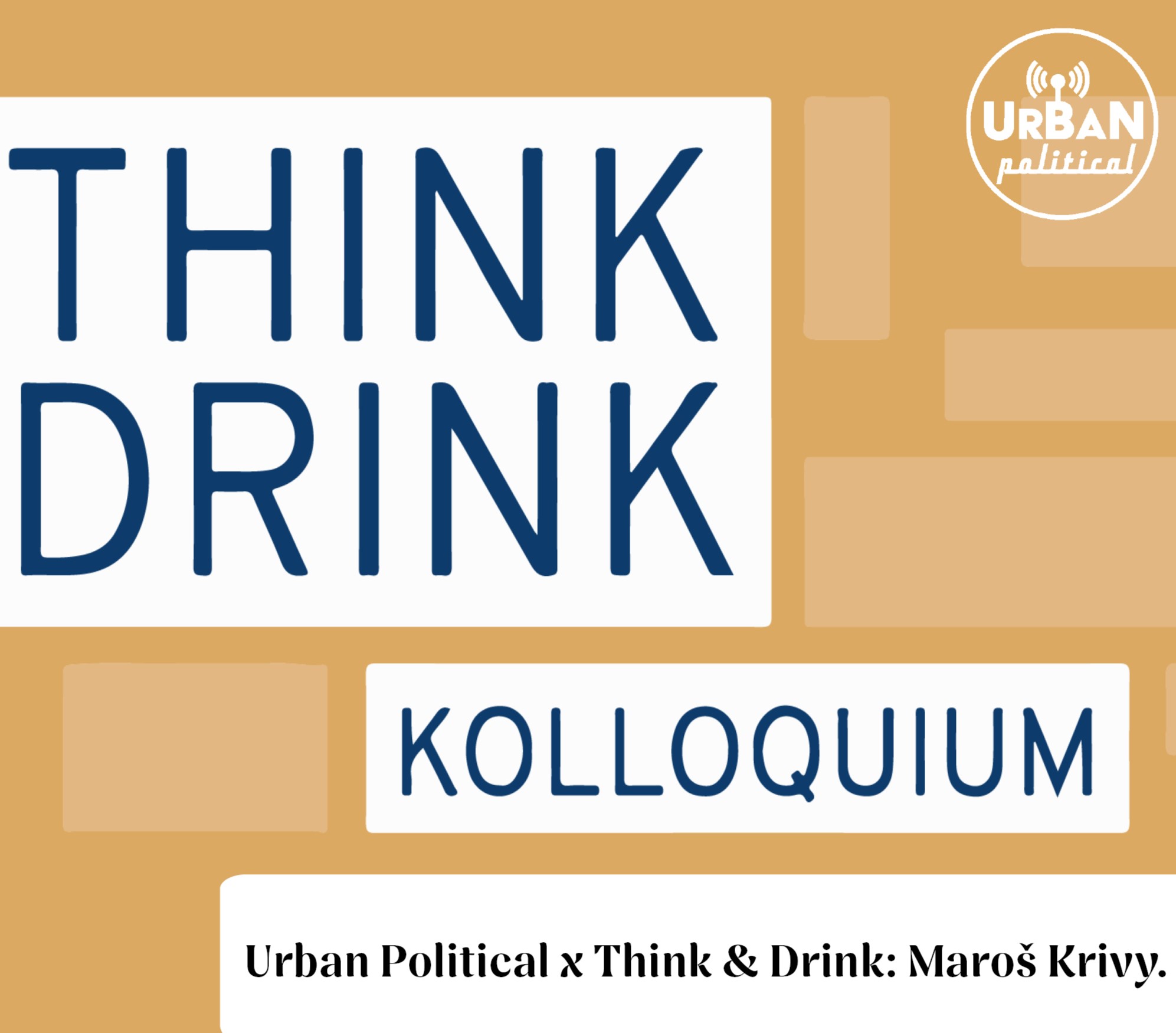This is the first episode of a new series from Urban Political. In collaboration with the Georg Simmel Center for Urban Studies at Humboldt University Berlin, this series will feature speakers from the center’s Think & Drink Colloquium. The colloquium invites international speakers from across urban studies to present their work and offers an informal setting for exchange between students, faculty, and the general public. This semester’s schedule can be found here:
https://www.sowi.hu-berlin.de/de/lehrbereiche/stadtsoz/think_drink/copy_of_wise-2324
This episode is about Valuing indeterminacy: Terrain vague, temporary use and the production of urban expertise in Barcelona and Berlin. Much ink has been spilled in urban studies on the dynamics of abandoned industrial sites, rubble areas and other indeterminate landscapes teeming with biodiversity, artists and (post-)capitalist potential. What is less explored are the histories of making indeterminacy into a desirable feature of cities. Engaging a range of ideas and strategies including terrain vague and temporary urbanism, this talk examines the role of urban experts in giving a positive meaning to ‘non-design’ as a feature of post-industrial change. Maroš Krivy draws evidence from late 20th century Barcelona and early 21st century Berlin: while the Catalan architect Ignasi de Solà-Morales called on his colleagues to appreciate the intrinsic value of terrain vagues even as he played a key role in Barcelona’s Olympic-led redevelopment, the Berlin collective Urban Catalyst advocated giving unused sites over to creative entrepreneurs as an alternative to the conservative policy of critical reconstruction. This talk presents findings from Maroš Krivy’s ongoing project investigating a series of situated intellectual histories of how progressive urban experts in Europe and North America accommodated late capital.

Maroš Krivy
Maroš Krivy is an Associate Professor and Director of Urban Studies at the Faculty of Architecture at the Estonian Academy of Arts. His research focuses on architecture, urbanism, and the environment in the postwar and post-Cold War periods. He is currently a Marie-Curie-fellow at the Canadian Centre for Architecture in Montréal.

